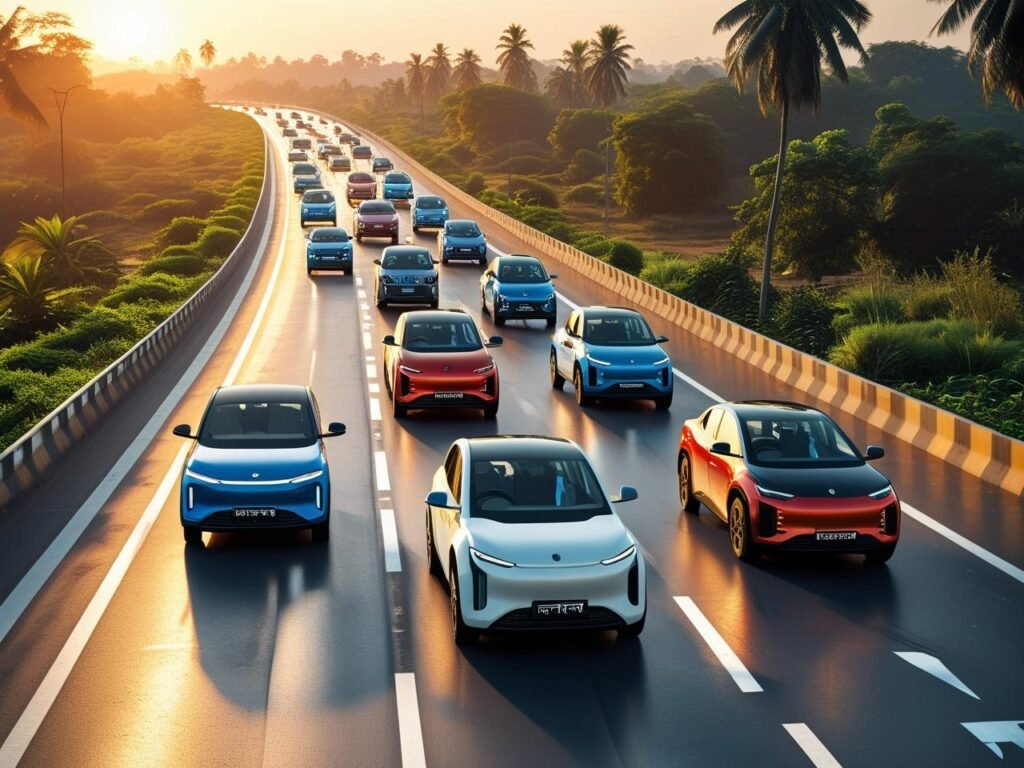India’s vehicle electrification policy, long centered around promoting battery electric vehicles (BEVs) as the primary technological solution, may be poised for a shift. The current approach—largely incentivizing BEVs while sidelining other propulsion technologies—is being reexamined at the highest levels of government.
The immediate catalyst for this reassessment is China’s decision to impose export restrictions on rare earth magnets and related materials, effective from April 4. These curbs are already disrupting global automotive supply chains, including those in India.
Beijing’s move has sparked strategic discussions within India’s policy circles about the broader geopolitical risks tied to EV technology choices. Senior officials are now questioning whether an over-reliance on BEVs could inadvertently strengthen China’s dominance in the EV value chain, while simultaneously undermining India’s own internal combustion engine (ICE) ecosystem and its extensive network of domestic suppliers.
As one senior official put it: “The rare earth restrictions are a wake-up call. In some ways, the timing is fortuitous—like cutting off a drug just as addiction was taking hold. It’s good this happened now.
India’s electric mobility roadmap has, until now, been heavily centered on replacing internal combustion engine (ICE) vehicles with battery electric vehicles (BEVs) powered by lithium-ion (Li-ion) batteries—touted as the most promising energy storage solution for the future. BEVs, such as the Tata Nexon EV, BYD Atto3, and Mahindra BE6 in India, or the Nissan Leaf and Tesla Model S globally, operate entirely on electric drivetrains with no fuel tanks or combustion engines, relying solely on rechargeable batteries.
Government policy has strongly favoured BEVs, reflected in a significantly lower GST rate of 5%, compared to much higher taxes—ranging from 43% to 48%—on other vehicle categories. This policy alignment supports the Centre’s ambitious EV30@2030 targets, which aim to electrify 30% of newly registered private cars, 40% of buses, 70% of commercial vehicles, and 80% of two- and three-wheelers within the next five years.
However, in light of evolving geopolitical dynamics and supply chain concerns—particularly surrounding critical materials like lithium and rare earths—this singular focus on BEVs may soon be subject to a broader policy review.

